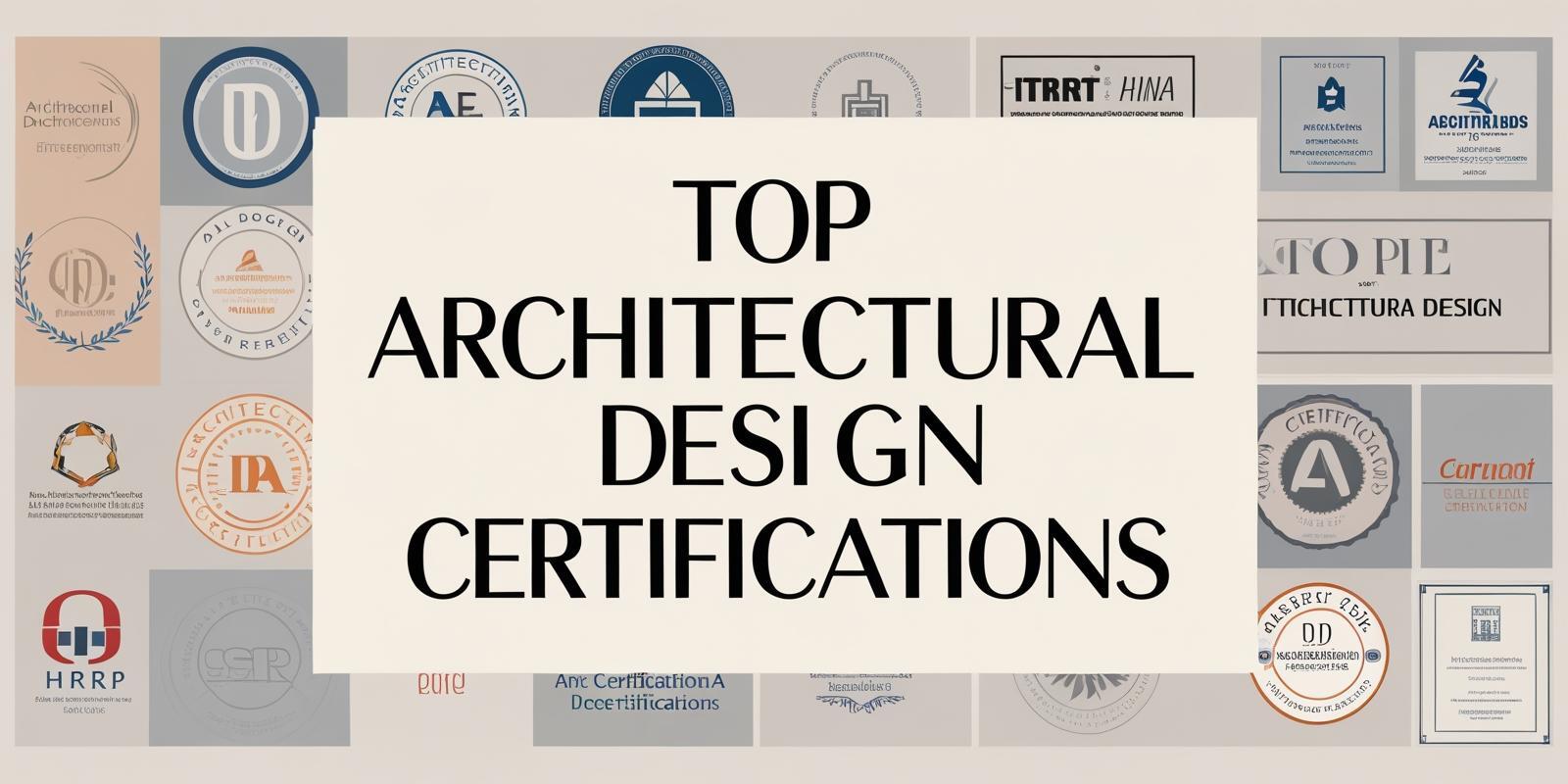
For many of us, success has long been tied with academic achievements. And architects are no different. Just an achievement of specialisation in the past, M.Arch has become an expensive obsession in the industry. Somewhere between never-ending lists of job requirements and the need to impress people, a bachelor’s degree isn’t enough anymore for career success (in architects’ defence, this applies to other industries too).
Challenging the M.Arch Norm
But do architects need a master’s in architecture for career success? The answer: No.
Architecture graduates face a credential trap, where the industry has made M.Arch feel practically mandatory. The results: Architects drowning in debt, overqualified for entry-level positions, but not experienced enough for senior levels.
Here’s what employers actually want: design skills, communication skills, software skills, teamwork and more. While some of these can be achieved with a master’s degree, it’s the job experience that truly teaches every skill you need. This is particularly true for software skills, as most B. Arch and M.Arch courses only touch on the basics of most software. Moreover, many senior industry professionals have voiced out that the younger graduates aren’t equipped with the right skill set to thrive in the workforce. That’s the academic and experience gap; universities focus on academics, but in reality, theories are just superficial. In the end, it’s the industry-relevant skills that truly make a difference in achieving career advancements.
Read more: Master's in Architecture: 8 Things to Consider Before You Enrol (2025)
The Reality of the Architecture Job Market
It appears some graduates aren’t fully aware of how the job market or real office life is. Architecture has been surrounded by several myths, including that it is a lucrative and well-paying profession. That isn’t the case in most countries, with graduates struggling to find jobs after M.Arch. Architectural graduates can still find good job opportunities, but only with the right skills.

Credit: Grand View Research
The AEC industry will always be in demand, but it is also often complicated by economic and political instabilities and changes in regulations. What we do know is that there has been a rising interest in sustainability and technology in both the private and public sectors. Design and software skills in sustainability are also becoming in demand, consequently. Hence, it is no surprise that technologies like BIM and computational design are increasingly sought after.
Understanding BIM: The Game-Changer
BIM has disrupted how we design and manage construction projects. Architects can’t help but fall for BIM because of its efficiency and innovation. BIM, or Building Information Modelling, is a methodology to digitally represent all assets of a building with multidisciplinary-level data. In simpler words, a BIM model shows the intersection of every building component – architectural, piping, structure, etc – with up-to-date information from each stakeholder so that every member of the team has an understanding of how the building works. Because this model is complete with relevant data, it can still be used post-construction for operation and building management.
Read more: The Role of BIM in India’s Public Infrastructure Development
Why BIM Skills Trump Traditional Degrees
Architects have worked with CAD software for decades. CAD may have been considered a revolution in the past by architects who were used to drawing everything by hand, but it is no longer efficient enough today. With CAD, architects can only draw and model. With BIM, architects can design, produce drawings, and perform analyses and simulations. Covering the entire building lifecycle, BIM allows architects and all stakeholders involved better visibility and projection of the final results with the high transparency of BIM models. Buildings can’t be just aesthetically pleasing; they need to be functional, sustainable and efficient – and BIM can make it happen.

Credit: Vectorworks
Real-Life Examples Of Professionals Who Advanced Their Careers Through BIM Skills
We witnessed impressive numbers with the very first cohort of the BIM Professional Course. First, let’s start with the pay – there was an average pay hike of 60% among the graduates who upskilled with Novatr. Early-stage professionals managed to snatch jobs with an average salary of INR 5.5 LPA, while the average salary for mid-senior levels reached INR 7.6 LPA.
Take Jay Kapadia, one of the graduates who got a new job with The BIM Engineers right after the course, with a 340% salary hike! Now, he’s working on major infrastructure projects in India.
Then we also have Rizwanul Hassan and Prajwal Kumar, who became architects at DAR Group with 160% and 140% salary hikes.
Introducing Novatr’s BIM Professional Course
BIM Professional Course is for architects of the future who are ready to take the leap forward into the BIM field. The new V2.0 BIM course has been vetted by 200+ professionals to ensure it fulfils the needs of architects.
The Curriculum
The Foundation Studio kicks off the programme with basic BIM, Revit architectural modelling and parametric modelling. The next step involves the Core Studio, where you will learn spatial programming, documentation and visualisation techniques. Architects cannot work alone; hence, we have the Collaborative Studio where you will explore Multidisciplinary BIM Workflows, Information Exchange procedures and BIM model coordination. Then we end with the capstone project to apply your new BIM and Revit skills in both architectural design and project management.
The BIM software covered in the course includes:
- Autodesk Revit
- Autodesk Naviswork
- Autodesk Construction Cloud Model Coordination and Design Collaboration
- Enscape
- Dynamo and more!
Benefits of Novatr’s Hands-on Approach
Here are 3 main reasons why architects have chosen Novatr to upskill in BIM:
- The course is made FOR architects BY architects.
BIM is a holistic system used by multidisciplinary stakeholders. That means the way architects use BIM differs from how engineers or project managers use it. During the course, you will learn basic BIM workflows, as well as advanced architectural BIM workflows.
(Psst! Do you know Novatr also has a BIM course specifically for aspiring BIM engineers?)
2. Architects and BIM professionals from leading firms are the mentors.These professionals know the ins and outs of design and BIM, and they are ready to share the knowledge. Where have our mentors worked? UNStudio, AECOM and ZHA – just to name a few.
3. Hands-on approach using industry-relevant BIM software and projectsDoing a BIM online course doesn’t have to be boring. Novatr brings a tech-forward solution to learning with a gamified LMS where learners can attend lessons, complete assignments, and track their performance. RIBA and ISO capstone projects complete the course to ensure all learners are equipped and capable of handling real-world projects.

Comparing Costs: Master's Degree Vs. Novatr’s BIM Course Fees
Many architects think about enrolling in an M.Arch course as soon as they finish their undergraduate studies. All because of a long-held belief that an M.Arch can give them better jobs and/or salaries. M.Arch colleges in India can cost up to INR 2L per year, and at least 6 times higher than this for schools in the US or UK. Note that generally M.Arch duration is 2 years.
Read more: Why M.Arch is A Debt Trap
At Novatr, you can gain the latest industry-relevant skills with our BIM Professional Course for Architects V2.0 for just $3500. In just 7 months of part-time learning, you will be equipped with skills that will begin your career advancement. You will also get the Autodesk Certified User certification alongside Novatr Course certificate. One BIM online course, 2 BIM certificates!
Conclusion
It’s time to challenge the assumption that more academic milestones mean more success. Instead of asking “Do I need to do M.Arch?”, ask yourself “What specific skills do I need to be a valuable asset, and what’s the most effective way to achieve them?”. The path to professional success has never been more diverse.
Novatr is ready to accept every innovative professional into the tribe. Our flagship, the BIM Professional Course for Architects, focuses on practical training with the best BIM software along with career mentorship for each student.
Head to our Resources page for more insights and expert guides on architecture and technology.
FAQs
1. Is a Master’s degree essential for a successful career in architecture?
No. You can gain relevant skills you need for a successful career through practice and certificate courses. These courses are shorter, less expensive and sometimes more helpful than an M.Arch.
2. How does BIM proficiency compare to holding an M.Arch in terms of career advancement?
BIM proficiency offers a better advantage for career advancement since firms are more inclined to hire those with specialised expertise. Moreover, BIM professionals are in high demand by major firms worldwide.
3. Can I enroll in Novatr’s BIM course without prior BIM experience?
Yes, absolutely! We will make sure you are familiar with both the basic and advanced BIM workflows.
4. What kind of job roles can I expect after completing Novatr’s BIM course?
Here are common roles you can get hired for: BIM modeller, BIM coordinator, Design Technologist, BIM architect and more.
5. Is BIM knowledge applicable globally, or is it region-specific?
BIM is a global standard that is being used by firms of all sizes across the world. It is becoming an industry standard in most countries, and the implementation is expected to rise.
6. How long does it take to complete Novatr’s BIM Professional Course?
In 7 months, you can be an expert in architectural BIM workflows.
Was this content helpful to you










.jpg)


